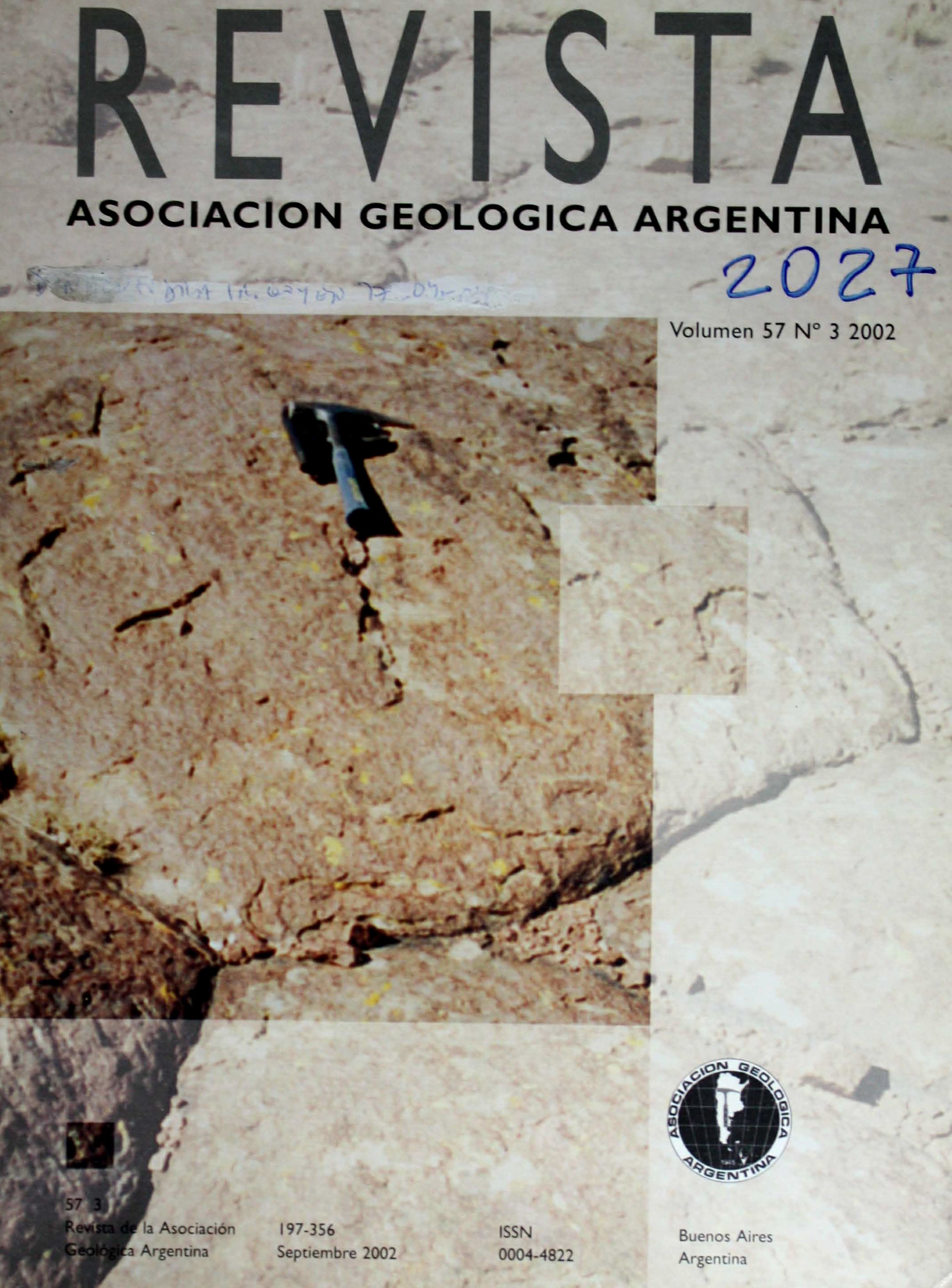Possibilities of crustal thinning in the Cuyo Basin from the analysis of gravity data.
Main Article Content
Abstract
The Cuyo Basin is a part of the Triassic basin set developed in the Andean foreland of Argentina. The origin of this structure has been postulated as being the result of extensional stresses. Crustal thinning is a characteristic structural feature of palaeorifts, although its identification is sometimes obliterated by sedimentary fill and later tectonic events. An analysis of the gravity data of the basin area was undertaken in order to complement the geological interpretation. The gravity effects of the sedimentary fill and the Andean root westward were computed and then removed from the measured gravity anomalies. Seismic velocities and thicknesses were incorporated to compute the gravity effect of the sedimentary fill, and a balanced Airy isostatic model was used to determine the gravity effect of the Andean root. Trend-surface filtering enabled us to establish the existence of gravity highs over the basin. In addition, the isostatic analysis, assuming anti-roots at Moho level under the basin, showed a present state of slight overcompensation indicating that the basin area should subside in future times in order to achieve balance. 2-D gravity modelling of two cross sections of Moho topography at approximately 33° 30' and 35° south. latitude indicates that the Moho is shallower under the basin. From these results a model is proposed which incorporates a slightly thinned crust to justify the present excesses of gravity for the crustal structure of the Cuyo Basin.
Article Details

This work is licensed under a Creative Commons Attribution-NonCommercial 4.0 International License.
Nota de copyright
Los autores conservan los derechos de autor y garantizan a la revista el derecho de ser la primera publicación del trabajo licenciado según una licencia de atribución Creative Commons que permite a otros compartir el trabajo con el reconocimiento de la autoría y de la publicación en la que se publicó por primera vez.
Declaración de privacidad
Los nombres y direcciones de correo electrónico introducidos en esta revista se usarán exclusivamente para los fines declarados por esta revista y no estarán disponibles para ningún otro propósito u otra persona.

